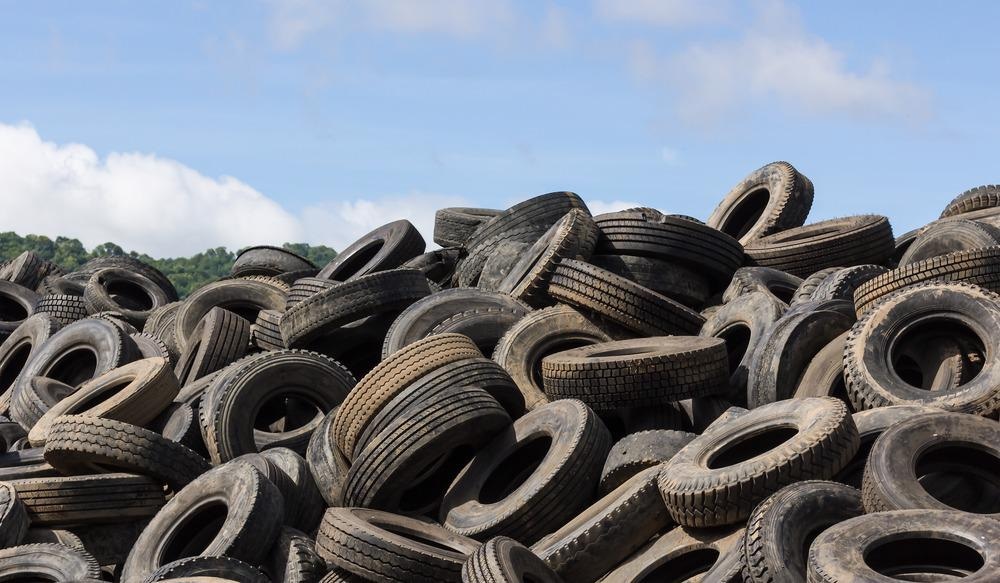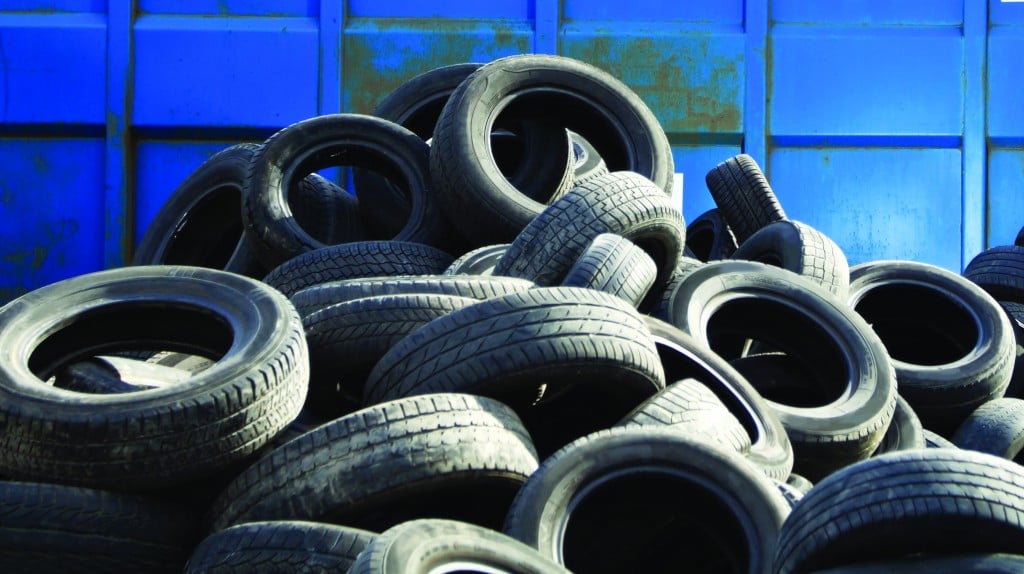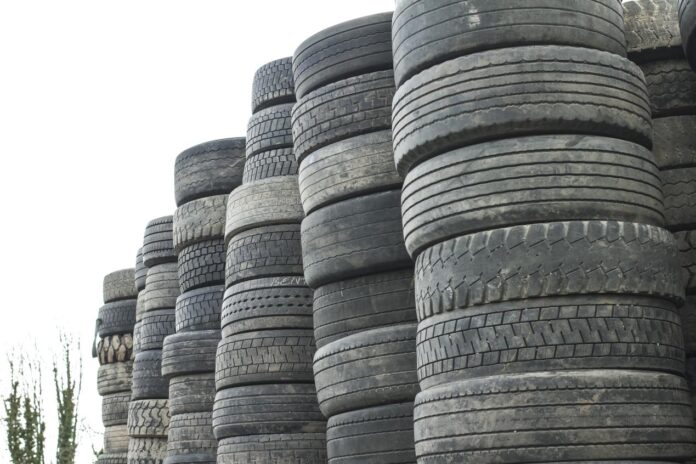Tire recycling and sustainability are two concepts that are becoming increasingly important in our world. With the growing population, it is essential to find innovative solutions to reduce waste and minimize the environmental impacts of used tire management.
Many companies have started to explore new ways of reusing tires for sustainable solutions such as playground equipment, fuel sources, sound barriers, and other practical applications. In addition, there has been an increase in interest in finding different ways to recycle old tires into useful products while reducing pollution caused by their disposal.
This article will explore the various methods used for tire recycling and sustainability initiatives – from upcycling technologies to creative uses of recycled material – to create a more sustainable future.
Tire Recycling: The Benefits and Challenges
Tire recycling is an important part of sustainability and used tire management, providing numerous benefits to the environment. Recycling tires reduces landfill usage, conserves natural resources, and eliminates hazardous pollutants from entering the atmosphere.
However, there are a few challenges associated with this practice that must be taken into account for successful tire recycling. The primary benefit of tire recycling lies in its ability to reduce waste sent to landfills by re-purposing scrap tires for new products or energy sources.
In addition to minimizing landfill space use, recycled rubber can also be used as construction material or fuel source which helps conserve finite natural resources such as oil and gas reserves. Furthermore, when burnt in cement kilns it can help eliminate potentially hazardous air pollutants from entering our atmosphere such as carbon black particles or sulfur dioxide emissions. Despite these advantages, however, several issues arise when looking at how best to manage the process of tire recycling on a large scale basis; most notably cost efficiency and transportation logistics due to their bulky nature.
Additionally, there may be environmental hazards posed during production if proper safety precautions are not followed while handling materials like steel wire beads or chemicals used in breaking down tires into smaller pieces before they can be reused in other products. To ensure the successful implementation of any tire recycling program all potential risks must be factored into the overall plan so that any possible negative impacts on both people and the planet will be minimized if not avoided altogether.
Sustainable Solutions for Used Tire Management

Finding sustainable solutions for the management of used tires is becoming increasingly important in today’s world. With over one billion tires produced and discarded every year, recycling technology has become a key factor in reducing waste and helping to protect the environment.
To create effective solutions for tire disposal, it is essential to understand how current disposal methods are impacting our planet. The most common way of disposing of used tires is incineration which releases toxic chemicals into the atmosphere such as dioxins and furans that can have devastating effects on human health.
Additionally, this method produces large amounts of black carbon which contributes significantly towards global warming when emitted into the atmosphere. Therefore, finding alternative ways to dispose of or recycle used tires must be prioritized if we want any chance at achieving sustainability efforts related to tire management. Fortunately, there are innovative solutions currently available that provide both economic and environmental benefits associated with tire recycling including: utilizing shredded rubber materials for asphalt road surfaces; using rubber chips or crumbs for playgrounds and sports fields; creating new products from recycled rubbers such as boots or mats; transforming old tires into fuel sources like biodiesel or ethanol; reclaiming steel wire from inside them for reuse; producing mulch from ground-up material suitable for gardens and landscaping projects; among many other possibilities! By implementing these sustainable strategies, not only will landfills experience less overcrowding but also communities will benefit economically by being able to repurpose old materials instead of having them sit unused in storage facilities.
Furthermore, transitioning away from traditional burning techniques can help reduce air pollution levels while simultaneously providing local businesses with additional income streams derived through manufacturing newer goods out of previously considered “junk” materials! It is clear then that embracing renewable technologies within the field of tire recycling provides society with numerous advantages therefore it should be taken seriously by all those involved to make progress towards more sustainable practices relating specifically to managing used tire resources effectively and efficiently
Resource Recovery from Discarded Tires
Resource recovery from discarded tires is a critical component of tire recycling and sustainability. A key goal is to convert used tires into new products that are useful, safe, and environmentally friendly.
This can be done through a variety of methods including pyrolysis, gasification, cryogenic grinding, and mechanical separation. These processes allow for the extraction of valuable resources such as carbon black or fuel oils while minimizing the production of hazardous byproducts like heavy metals and other toxins.
Additionally, these recovered materials can then be reused in various applications such as rubberized asphalt or energy production. By employing innovative solutions for managing used tires we can ensure that they are recycled responsibly with minimal environmental impact.
Economic Impacts of Tire Recycling Programs

The economic impacts of tire recycling programs are far-reaching. Tire recycling initiatives provide an array of benefits, from creating jobs to reducing environmental damage caused by improperly disposed tires.
By utilizing innovative technologies and processes, these recycled materials can be transformed into a variety of useful products such as playground surfaces, roofing shingles, and even fuel for vehicles. Additionally, companies involved in the tire recycling industry benefit from cost savings associated with reduced waste disposal fees and increased sales due to the production or sale of new products created from recycled materials.
Furthermore, governments may benefit financially through taxes generated by businesses engaged in tire recycling activities or through grants provided to support research and development efforts related to this field. Ultimately, when communities embrace sustainable practices such as those found in tire management programs they create more efficient systems that positively impact both their local economies and the global environment.
What is the Future of Tire Waste Management?
The future of tire waste management is an exciting and dynamic field, offering a range of innovative solutions and sustainable practices for used tires. As technology advances, recycling processes can become more efficient, reducing the amount of energy needed to break down rubber materials into usable parts.
Additionally, as research continues to develop new technologies that allow for greater reuse and repurposing of tires, there are opportunities to further reduce the impact on landfills from these materials. In addition to technological advancements in recycling methods, policies continue to be developed around the use of alternative sources for tire waste such as biogas production or using shredded material in manufacturing products like asphalt or playground surfaces.
As this sector grows and develops new ways to manage old tires more efficiently, it will help ensure that our planet can sustainably manage its resources now and into the future.
Conclusion

Tire recycling is an important part of the global effort to reduce our reliance on finite resources and create a more sustainable future. Through innovative solutions for used tire management, such as those offered by Tema Accra Car Tyres, we can ensure that tires are given a second life rather than adding to the growing waste pile. By doing so, we not only protect the environment but save money as well.
Tire recycling has become increasingly accessible and provides many benefits for both individuals and businesses alike. With continued innovation and collaboration between stakeholders, it’s clear that there will be further progress in this area in the years to come.




